Table of Contents
As a Manipuri born and raised in a land inhabited with Assamese natives, never have I ever felt any tinge of indifference or partiality in this land. Now ,this is the beauty of North-East and its unity and communal harmony amongst each other. Even if one belongs from the northernmost state or the southernmost state, the warmth and hospitality that one shall receive on this marvellous land of Assam will leave him/her in utter awe.
The best time to visit Assam is from November to March when the season favors any kind of activity. One can rejoice almost every type of vacation ranging from crazy wildlife Safari adventures to long spiritual detours while sightseeing along the Brahmaputra river which is the only male and one of the mightiest river in the world. One can also start their day off by sipping a cup of the world famous aromatic tea of Assam while savoring the authentic pithas alongside as a healthy and fulfilling snack.
Not just this, one may also dare to trigger their taste buds by having a bite of the Bhoot Jolokia, the world’s spiciest chilli which again is found only in Assam. Dotted with a significant number of marvellous historical sites as well ,this land of bewildering diversity and breathtaking scenery is a must add to your travel bucket if one wants to rejuvenate themselves to the fullest. Here are the top five must visits in one’s itinerary to his/her next trip to Assam.
Kamakhya Temple
The Kamakhya Temple, situated in the scenic hills of Assam in Northeast India, is a sacred and mystical place of worship that has captivated the hearts and minds of devotees and tourists alike. This ancient temple, dedicated to the goddess Kamakhya, is a unique blend of spirituality, history, and natural beauty, making it a must-visit destination for those seeking a transcendent experience.
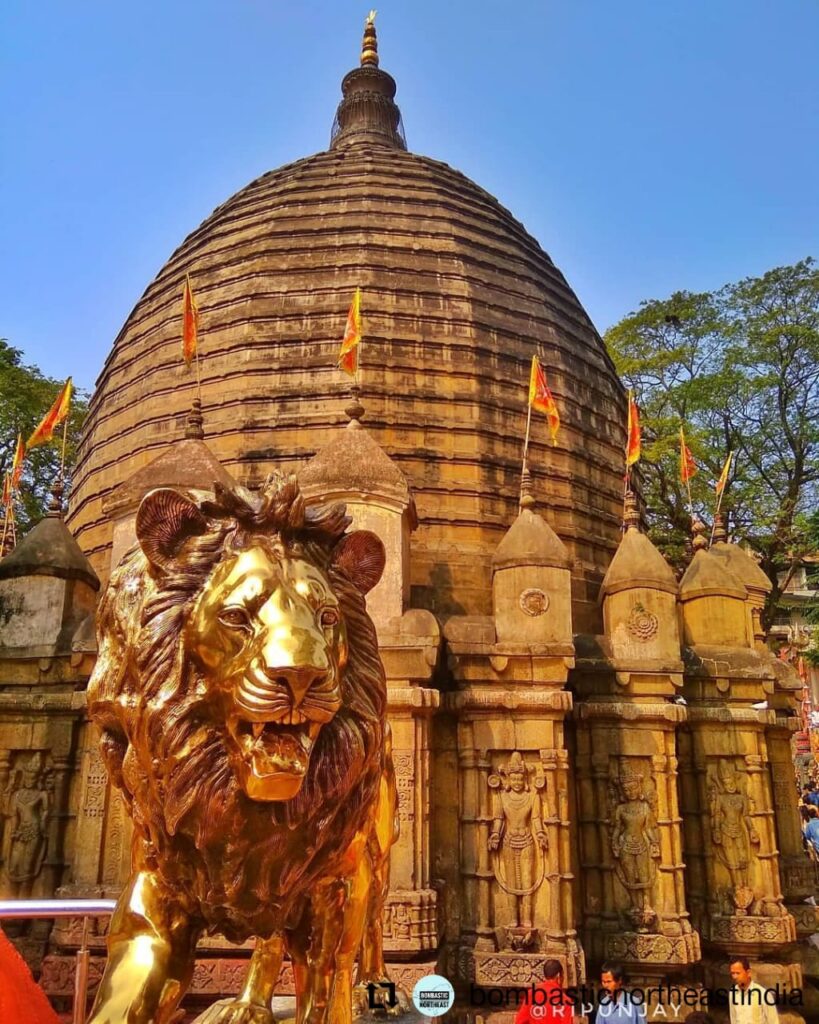
The Kamakhya Temple is renowned for its historical significance and the legends that shroud its existence. Its origins can be traced back to over a thousand years, with references in ancient scriptures. The temple’s uniqueness lies in its reverence for the feminine divine and its annual Ambubachi Mela, a fertility festival celebrating the goddess’s menstruation cycle, a symbol of feminine power and creation.
Set against the backdrop of lush green hills and a serene atmosphere, the temple’s architecture is a marvel in itself. The complex comprises multiple shrines, each with its distinct deity and mythology, yet all paying homage to the supreme goddess Kamakhya. The intricate designs, vibrant colors, and ornate sculptures are a testament to the rich cultural heritage of Assam.
For tourists and spiritual seekers, Kamakhya offers a transformative experience. The temple’s spiritual energy is palpable, and many come here to seek blessings, solace, and fulfillment of their wishes. The temple complex also houses several smaller shrines and meditation spots, making it a tranquil retreat for those seeking inner peace.
The Kamakhya Temple is not only a center of faith but also a vital part of Assam’s tourism. Visitors can explore the nearby Nilachal Hill, which offers panoramic views of the Brahmaputra River and the city of Guwahati. The temple’s annual festivals, such as Ambubachi Mela and Durga Puja, draw thousands of devotees and tourists, showcasing the vibrant and diverse culture of Assam.
Kaziranga National Park
Kaziranga National Park, a UNESCO World Heritage Site, is a wildlife enthusiast’s paradise nestled in the northeastern state of Assam, India. Spread over an expansive area of approximately 430 square kilometers, this park is a living testament to nature’s splendor and a safe haven for some of the world’s most endangered species. In this article, we’ll explore the remarkable features and unique experiences that make Kaziranga National Park an essential destination for wildlife lovers and nature enthusiasts.

Kaziranga is most celebrated for its population of the magnificent one-horned Indian rhinoceros. In fact, it houses two-thirds of the global population of this species, making it a crucial conservation site. Visitors have the opportunity to witness these prehistoric-looking giants in their natural habitat, along with other incredible wildlife, including Bengal tigers, Asian elephants, wild water buffaloes, and various species of deer.
One of the best ways to explore the park’s diverse ecosystem is by embarking on an exciting safari adventure. The park offers both jeep and elephant safaris, providing different vantage points for observing the wildlife. The vast grasslands, wetlands, and dense forests within the park are home to a myriad of bird species, making it a birdwatcher’s dream come true. Among the numerous avian species, the great Indian hornbill, Bengal florican, and various migratory birds stand out as spectacular sightings.
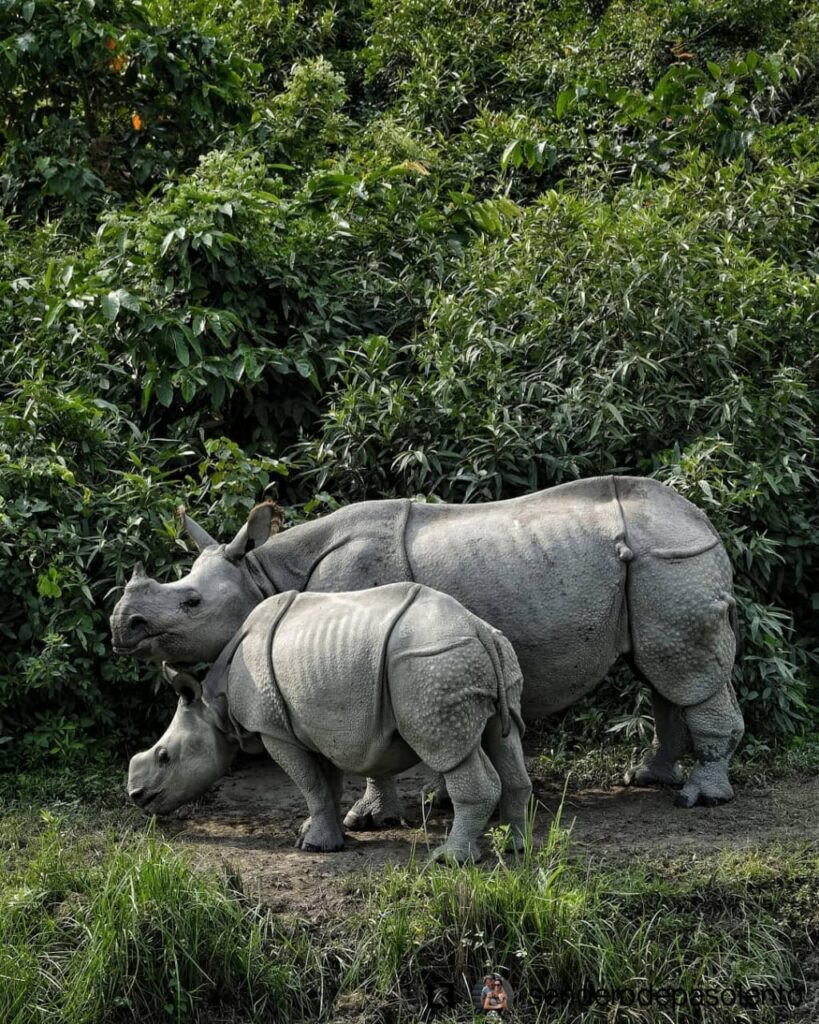
Apart from the wildlife, the park’s rich biodiversity also includes an array of plant species, vibrant orchids, and aquatic flora, adding to the park’s allure. The Brahmaputra River flows through the park, further enhancing its natural beauty.
Kaziranga National Park’s commitment to wildlife conservation is commendable, and it actively participates in breeding and rehabilitation programs to protect endangered species. The park’s success in rhinoceros conservation, in particular, is a testament to the dedication of the park’s staff and the Assam government.
Majuli Island
Majuli Island, nestled in the Brahmaputra River in the northeastern Indian state of Assam, is a hidden gem waiting to be explored. This enchanting river island, boasting unique natural beauty and vibrant culture, is not only a treat for the eyes but also a testament to the harmony between man and nature. In this article, we delve into the captivating essence of Majuli Island and why it’s a must-visit destination.
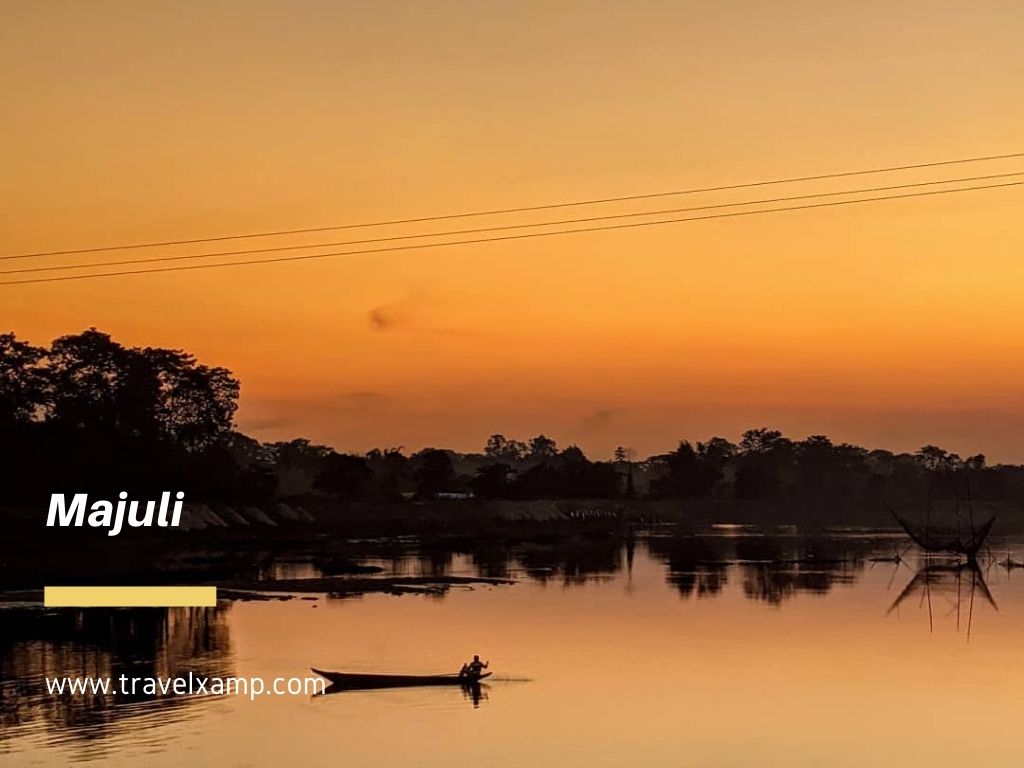
Majuli is renowned as the world’s largest river island, covering an area of around 880 square kilometers. It is a land of breathtaking landscapes, with lush paddy fields, swaying palms, and serene water bodies. The island’s beauty is accentuated by the ever-changing course of the Brahmaputra River, which has given rise to numerous water bodies and sandbars.
One of Majuli’s most intriguing aspects is its unique cultural tapestry. The island is a hub of Assamese art, dance, and music, with numerous Satras (monasteries) that have preserved the traditional Satriya culture for centuries. Visitors can witness mesmerizing dance and music performances, as well as explore the vibrant craft traditions of the island, including mask-making and pottery.

Majuli is also a birdwatcher’s paradise, with its diverse avian population. The island’s wetlands and marshes are home to a variety of migratory and resident bird species. The best time for birdwatching is during the winter months when a multitude of winged visitors descends on Majuli.
To reach Majuli, visitors must take a ferry ride from the city of Jorhat. The journey itself is a picturesque adventure, offering stunning views of the Brahmaputra’s ever-changing landscape.
However, Majuli Island is not just about its natural beauty and cultural richness; it’s also facing environmental challenges. Erosion of its banks due to the mighty Brahmaputra threatens its existence. Conservation efforts are underway to address this issue and protect this unique island.
Umananda Island
Umananda Island, a serene oasis nestled in the mighty Brahmaputra River, is a captivating natural wonder situated in the northeastern Indian state of Assam. Also known as Peacock Island, this charming little island holds a special place in the hearts of nature enthusiasts, spiritual seekers, and tourists. In this article, we explore the enchanting beauty and unique attractions that make Umananda Island a must-visit destination.
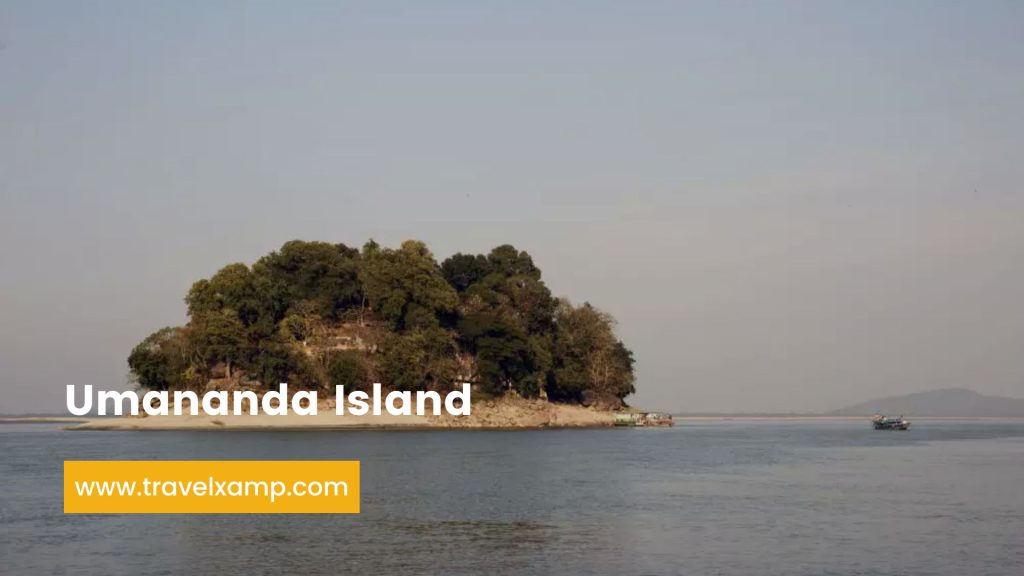
Umananda Island is a haven of tranquility, boasting lush greenery, rocky terrain, and the soothing sound of flowing waters. The island is best known for the Umananda Temple, a significant pilgrimage site for Hindus. Dedicated to Lord Shiva, the temple dates back to the 17th century and is an essential stop for devotees seeking blessings and spiritual solace. The temple’s picturesque location adds to its allure, with panoramic views of the Brahmaputra River and the surrounding hills.
One of the island’s unique features is the endangered golden langur, a rare and enchanting primate species. Umananda Island is one of the few places where these golden langurs can be spotted in the wild, making it a prime destination for wildlife enthusiasts and photographers.
Access to the island is via a short boat ride from the city of Guwahati, providing a memorable experience in itself. The journey allows travelers to savor the beauty of the Brahmaputra River, which is India’s largest river and a lifeline for the region.
Apart from its cultural and natural significance, Umananda Island offers a serene escape from the bustling city life. The island’s trails and pathways provide opportunities for leisurely walks and exploration, with numerous vantage points to soak in the scenic vistas.
As a visitor, you can also enjoy the local Assamese cuisine, which is renowned for its unique flavors and spices. Freshly caught river fish and rice-based dishes are a staple, and the local cuisine offers a delicious culinary experience.
Hajo
Hajo, a small town in the Indian state of Assam, is a hidden gem known for its rich history, cultural diversity, and profound spiritual significance. This article delves into the captivating essence of Hajo and why it’s a unique destination that embodies the spirit of unity in diversity.
Hajo is often referred to as the “mini-India” of Assam due to its religious and cultural diversity. The town is home to important religious sites representing multiple faiths, including Hinduism, Buddhism, and Islam. One of the most revered places in Hajo is the Hayagriva Madhava Temple, dedicated to Lord Vishnu. This temple, believed to be an ancient center of Vedic learning, is considered a sacred site by Hindus and Buddhists alike.
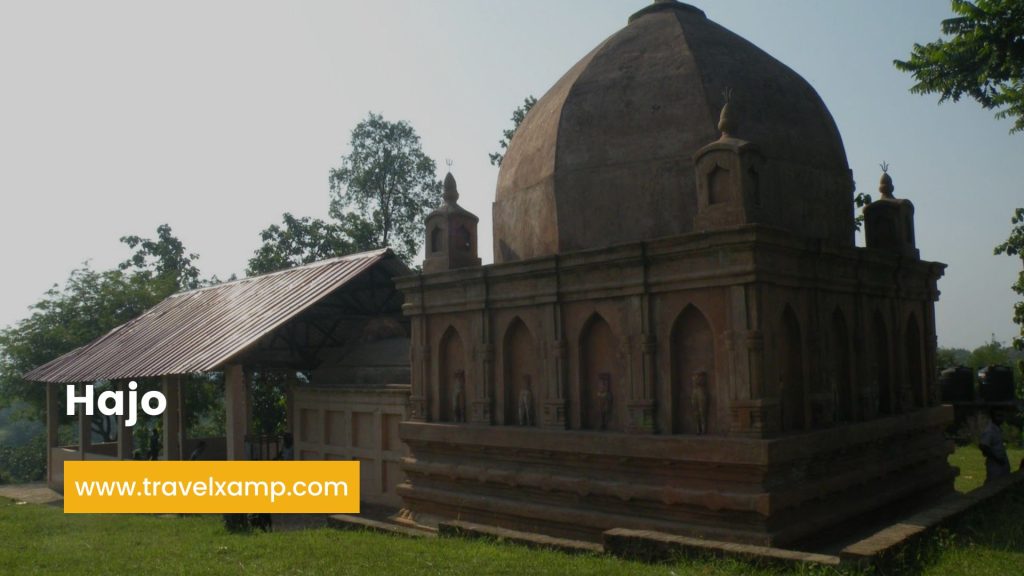
The tranquil town of Hajo also houses the Powa Mecca Mosque, a significant Islamic pilgrimage site in Assam. It is believed to be a replica of the holy city of Mecca and is visited by devotees from various parts of the country.
In addition to its religious sites, Hajo is known for its spiritual significance in Buddhism. It is believed to be the place where Lord Buddha achieved his first deep meditation. The Kedareswara Temple in Hajo is another prominent religious site, showcasing the amalgamation of Hindu and Buddhist architectural styles.
The town is also famous for the annual pilgrimage known as the Poa Mecca, during which thousands of devotees gather to offer their prayers and seek blessings. This grand event is a symbol of communal harmony and unity, where people from different religious backgrounds come together to celebrate diversity.
Hajo is not only a place of religious importance but also a hub for local craftsmanship. The town is renowned for its brass and bell metal work, which is a cherished tradition passed down through generations. Visitors can explore workshops and markets to witness the skilled artisans at work and even purchase intricately designed metal artifacts.
The town’s tranquil setting along the Brahmaputra River and its picturesque landscapes add to its charm, making it an ideal destination for nature lovers and those seeking moments of serenity.
Last but not the least, if one doesn’t dance to the rhythm of the Bihu melodies while wearing an authentic traditional Assamese Mekhela Sador and a gamusa, their trip to Assam will remain squandered.
(Travel Xamp is now on Telegram. Join our Telegram by clicking here to get all the travel hacks, destinations, blogs, and travel news for free!)
